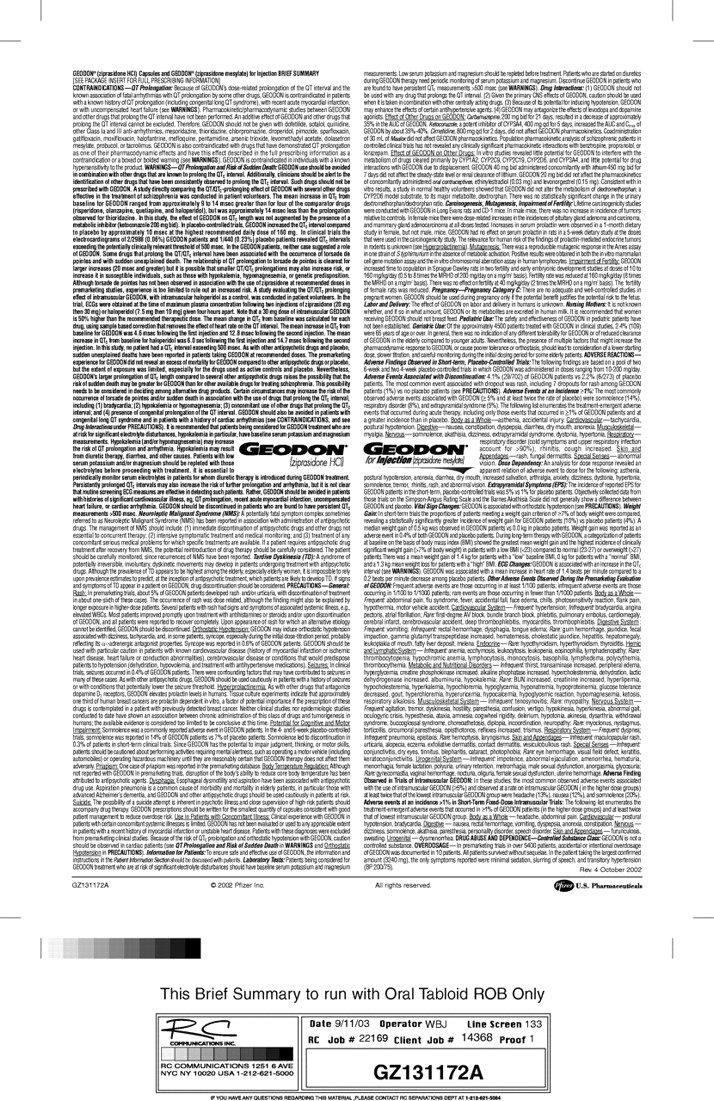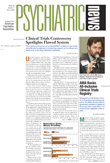For years I examined for the oral boards. Then the team leader left, the team was put on hold, and I ceased examining. A hiatus ensued until I was invited to join another team, which I happily did. Examining is one of the most rewarding things you can do for your profession—contributing something to psychiatry and upholding its highest standards. And you can see where psychiatry is and where it is going.
When you examine regularly year after year, embedded in the time and situation, you cannot see clearly the small changes taking place incrementally. But then, after a hiatus, the changes loom up and can be striking. In Boston in early May, I saw how our candidates seemed, for the most part, oriented away from looking for the narrative while examining patients—that is, the story the patient is telling in pursuing his or her life, past, present, and future, and the role of the illness emerging in that story. A famous writer said, “I had a life, then I had a problem, then I took drugs, and the drugs became the problem,” each phase emerging, imposing its pattern on the previous, the treatment approaches operating in a retrograde motion.
The candidates tended to be looking for signs and symptoms to be organized neatly into patterns fitting DSM diagnoses, which would then lead them to protocols of management and treatment. They did this well, being intelligent and well educated. Is this not the education we are giving them?
It does seem static though, this disease model, seeking causes rather than reasons and purposes—the human “I” removed save as a homunculus in the midst of neurons, synapses, and transmitters experiencing all this. The model arises from the remarkable advances in neuroscience, increasingly effective psychopharmacology, and the economic effects of managed care, but it is also that the times have become decreasingly reflective and contemplative. They seem more geared to the quarterly earnings report.

The pendulum swings back and forth, a history of alternating naturalistic disease models and more supernatural “spiritual” ones. The disease model arose in the Hippocratic era in reaction to the earlier spiritual-possession model. It had an admittedly primitive naturalistic psychophysiology (the humors) but also had an unfolding narrative of an inherent intentionality and motivational direction (entelechy), the thwarting of which produced illness (the woman's uterus desired procreation and when thwarted caused hysteria; the treatment was marriage).
This model disappeared with the triumph of the Judeo-Christian, more supernatural model over the Grecian one. Witches and demons, incubi and succubae from without replaced the uterus within.
The disease model returned in the 1500s with Vives, Agrippa, Weyer, and so on and progressed with Pinel and then Hecker, Kahlbaum, Kraeppelin, and so on in the 1800s. Freud espoused it but abandoned the reductionistic disease model of his 1895 “Project” and picked up pioneering neurologist Hughlings Jackson's Darwinian-based model that, biologically based, nevertheless contained a narrative thrust, but a species-driven rather an individual-oriented one.
Freud and his followers moved evermore in the direction of the individually driven, although up to the end Freud spoke of biology as“ bedrock.”
The advent of synapse physiology and psychopharmacology has returned us increasingly to the disease model again, but this time it is more mechanistic than ever. It progresses inexorably, removing the individual's “I” from the illness and leaving only neurons, transmitters, and the like. Is there no pathway of reconciliation that includes both world views?
One can only hope that when our experts meet to work out DSM-V they will try to include both world views. One would prefer not to be sitting in a theater seeing “Hamlet” and thinking, “Oh, a major depressive disorder. Let's give him an SSRI, and then we won't have to sit through all that iambic pentameter and see the stage all littered with corpses at the end!” And then getting up and leaving, for any further listening would be unnecessary: the problem was solved, the curtain lowered, and that would be that.
Or Oedipus stepping out onto the apron of the stage saying, “You can't blame me. I came from a dysfunctional family and, besides, I suffered childhood abuse, so I have PTSD. Could you give me a benzodiazepine?”
Isn't there something missing from this picture? ▪


